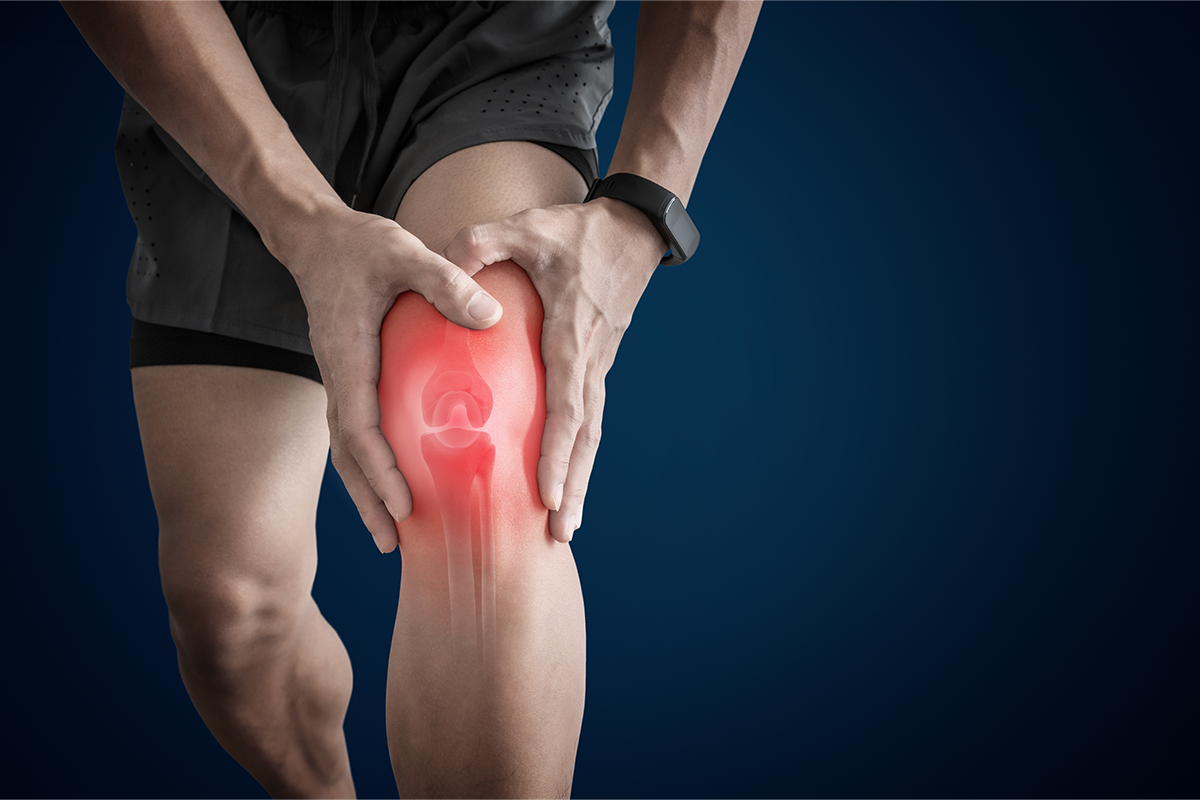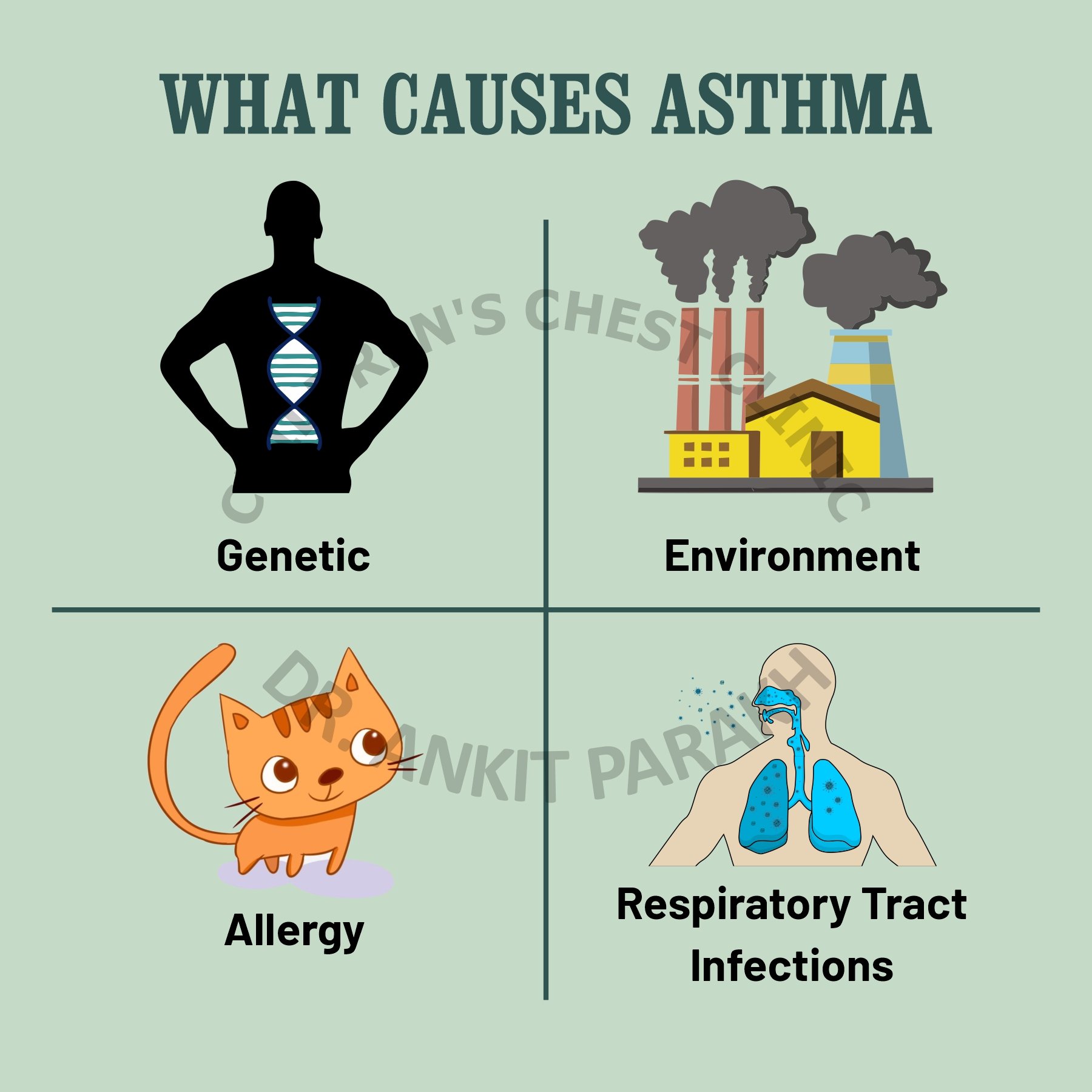I. Definition and Overview
Definition
Arthritis involves inflammation or stress of one or more joints, causing pain, swelling, stiffness, and limited movement. It is a term for many conditions affecting the joints where two or more bones meet, such as the wrists, knuckles, hips, knees, and ankles.
Prevalence
Arthritis affects over 50 million adults in the U.S. and is the most common cause of disability. It is extremely common, especially in people over 50.
Common Types
- Osteoarthritis: This type involves degenerative wear and tear of the joints.
- Rheumatoid Arthritis: An autoimmune condition where the immune system attacks the joints.
- Gout: Characterized by the formation of sharp uric acid crystals in the joints.
- Ankylosing Spondylitis: Affects joints near the lower back.
- Psoriatic Arthritis: Affects individuals with psoriasis.
- Juvenile Arthritis: Affects children and teens under 16, causing joint inflammation and stiffness.
II. Symptoms
Joint Symptoms
- Pain: Discomfort in one or more joints.
- Swelling: Enlargement of the affected joint due to fluid buildup.
- Stiffness: Especially noticeable in the morning or after periods of inactivity.
- Redness and Warmth: Inflammation causing the skin around the joint to become red and warm to the touch.
- Reduced Ability to Move the Joint: Limited range of motion affecting normal activities.
Systemic Symptoms
- Fatigue: Persistent tiredness and lack of energy.
- Symptoms in Other Body Parts: Involvement of other areas such as the eyes, leading to additional complications.
III. Causes and Risk Factors
Causes
- Osteoarthritis: Caused by wear and tear or overuse of the joints.
- Rheumatoid Arthritis: Results from the immune system attacking joint tissues.
- Gout: Occurs due to excess uric acid in the blood, leading to crystal formation in joints.
- Genetic Factors: Certain genes can predispose individuals to arthritis.
- Infections: Some viral infections can trigger arthritis.
- Idiopathic Arthritis: Arthritis with unknown causes.
Risk Factors
- Increasing Age: The likelihood of developing arthritis increases with age.
- Family History of Arthritis: Genetic predisposition plays a significant role.
- Obesity or Overweight: Extra weight puts stress on joints, increasing the risk.
- Smoking: Tobacco use is linked to a higher risk of developing arthritis.
- Activities Involving Repetitive Joint Movements: Repetitive motions can lead to joint damage over time.
- Previous Joint Injuries: Past injuries can increase the risk of arthritis in the affected joints.
- Low Physical Activity Levels: Inactivity can contribute to joint stiffness and increase the risk of arthritis.
- Autoimmune Diseases: Conditions that affect the immune system can increase the risk of certain types of arthritis.
IV. Diagnosis
Initial Evaluation
- Medical History Review: Gathering information about the patient’s health history and symptoms.
- Physical Examination: Checking for signs of arthritis, such as fluid around the joints, warmth, redness, tenderness, and limited range of motion.
Diagnostic Tests
- Blood Tests: Including antinuclear antibody (ANA) test, complete blood count (CBC), rheumatoid factor (RF), cyclic citrullinated peptide (CCP) antibody test, and uric acid levels to identify specific types of arthritis.
- Joint Fluid Analysis: Taking a sample of synovial fluid from a joint to test for crystals, bacteria, or viruses.
- Imaging Tests: Using x-rays, ultrasound, MRI, or CT scans to visualize joint damage and other abnormalities.
Specialist Referral
- Rheumatologist Consultation: Referral to a rheumatologist for specialized diagnosis and management of arthritis if needed.
V. Treatment
General Goals
- Reduce Symptoms: Aim to alleviate pain, swelling, and stiffness.
- Improve Mobility: Enhance the range of motion and overall joint function.
- Prevent Further Joint Damage: Implement strategies to protect joints from further deterioration.
Medications
- Pain Relievers: Medications such as acetaminophen and nonsteroidal anti-inflammatory drugs (NSAIDs) to manage pain.
- Anti-inflammatory Medications: Drugs to reduce inflammation in the joints.
- Disease-Modifying Antirheumatic Drugs (DMARDs): Used for inflammatory arthritis to slow disease progression and address immune system issues.
- Corticosteroids: Medications like cortisone shots to reduce inflammation and swelling.
Surgery
- Joint Fusion: Surgical procedure to join bones together, typically used for small joints.
- Joint Replacement: Partial or total replacement of damaged joints with artificial ones.
Other Treatments
- Physical Therapy: Exercises and techniques to improve joint function and reduce pain.
- Occupational Therapy: Strategies to help manage daily activities and maintain independence.
- Exercise Physiology: Customized exercise programs to improve strength and flexibility.
- Podiatry: Foot care and treatment for joint issues in the feet and ankles.
Short-Term Relief
- Heat and Cold Therapy: Application of heat (warm baths, heating pads) or cold (ice packs) to alleviate pain and swelling.
- Joint Immobilization: Use of splints or braces to rest and protect affected joints.
- Massage: Gentle massage to increase blood flow and reduce muscle tension.
- Transcutaneous Electrical Nerve Stimulation (TENS): Use of a TENS device to send mild electrical pulses to nerve endings, blocking pain signals to the brain.
- Acupuncture: Insertion of thin needles at specific points in the body to stimulate natural pain relief mechanisms.
VI. Living with Arthritis
Healthy Lifestyle
- Maintaining a Healthy Diet: Eating a balanced diet to support overall health and reduce inflammation.
- Regular Exercise: Engaging in activities such as walking, cycling, yoga, tai chi, swimming, aqua aerobics, and strength training to improve joint function and overall fitness.
Pain Management
- Staying Active: Regular physical activity to maintain joint mobility and reduce stiffness.
- Massage: Gentle massage to relieve muscle tension and improve circulation.
- Acupuncture: Using thin needles inserted at specific points to alleviate pain and stimulate natural healing.
- Transcutaneous Electrical Nerve Stimulation (TENS): Applying a TENS device to send electrical pulses to nerve endings, blocking pain signals.
- Mindfulness Techniques: Practicing mindfulness to manage pain and stress.
- Meditation: Using meditation to reduce stress and enhance pain management.
Assistive Devices
- Equipment to Aid Daily Activities: Utilizing tools and devices designed to assist with dressing, bathroom use, food preparation, reaching, and picking up objects.
- Occupational Therapy Advice: Seeking guidance from occupational therapists to develop strategies for managing daily tasks and maintaining independence.
VII. Prevention
Modifiable Risk Factors
- Avoiding Tobacco Products: Refraining from smoking and using other tobacco products to reduce the risk of developing arthritis.
- Following a Healthy Diet and Exercise Plan: Eating a balanced diet and engaging in regular physical activity to support joint health and overall well-being.
- Maintaining a Healthy Weight: Keeping a healthy weight to minimize stress on the joints and prevent arthritis-related complications.
VIII. Complications
Impact on Quality of Life
- Pain and Immobility: Chronic pain and limited joint movement can significantly affect daily activities and overall quality of life.
- Problems with Sleep, Tiredness, Depression, and Anxiety: Persistent pain and discomfort can lead to sleep disturbances, fatigue, and mental health issues such as depression and anxiety.
- Loss of Independence and Social Isolation: Severe arthritis can make it challenging to perform daily tasks independently, leading to a loss of autonomy and potential social isolation.
IX. Resources and Support
Support Organizations
- Arthritis Australia: Provides resources, support, and information for individuals living with arthritis. Contact: 1800 011 041.
- Healthdirect Helpline: Offers health advice and information from registered nurses available 24/7. Contact: 1800 022 222.
- Mayo Clinic Guide to Arthritis: An educational material providing comprehensive information on managing arthritis.
- Arthritis Australia’s Booklet ‘At Home with Arthritis’: A practical guide to managing arthritis at home, offering tips and strategies for daily living.



